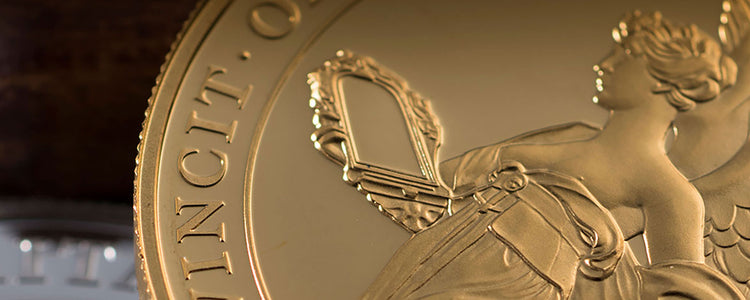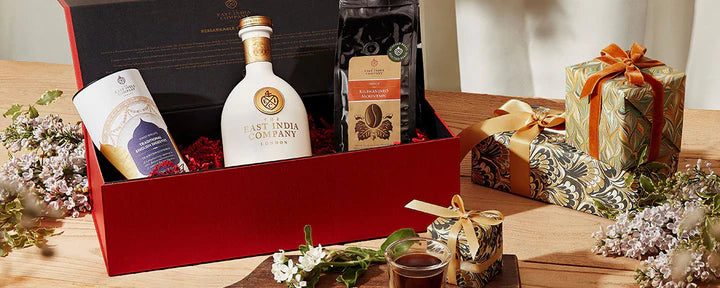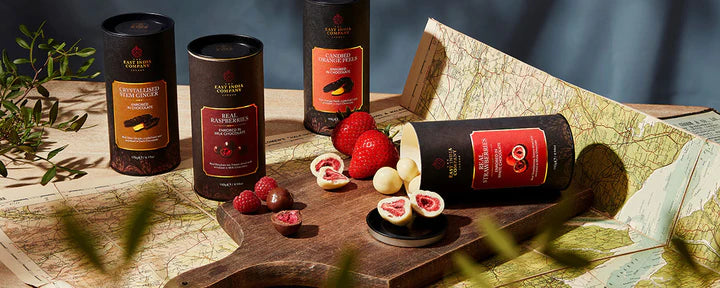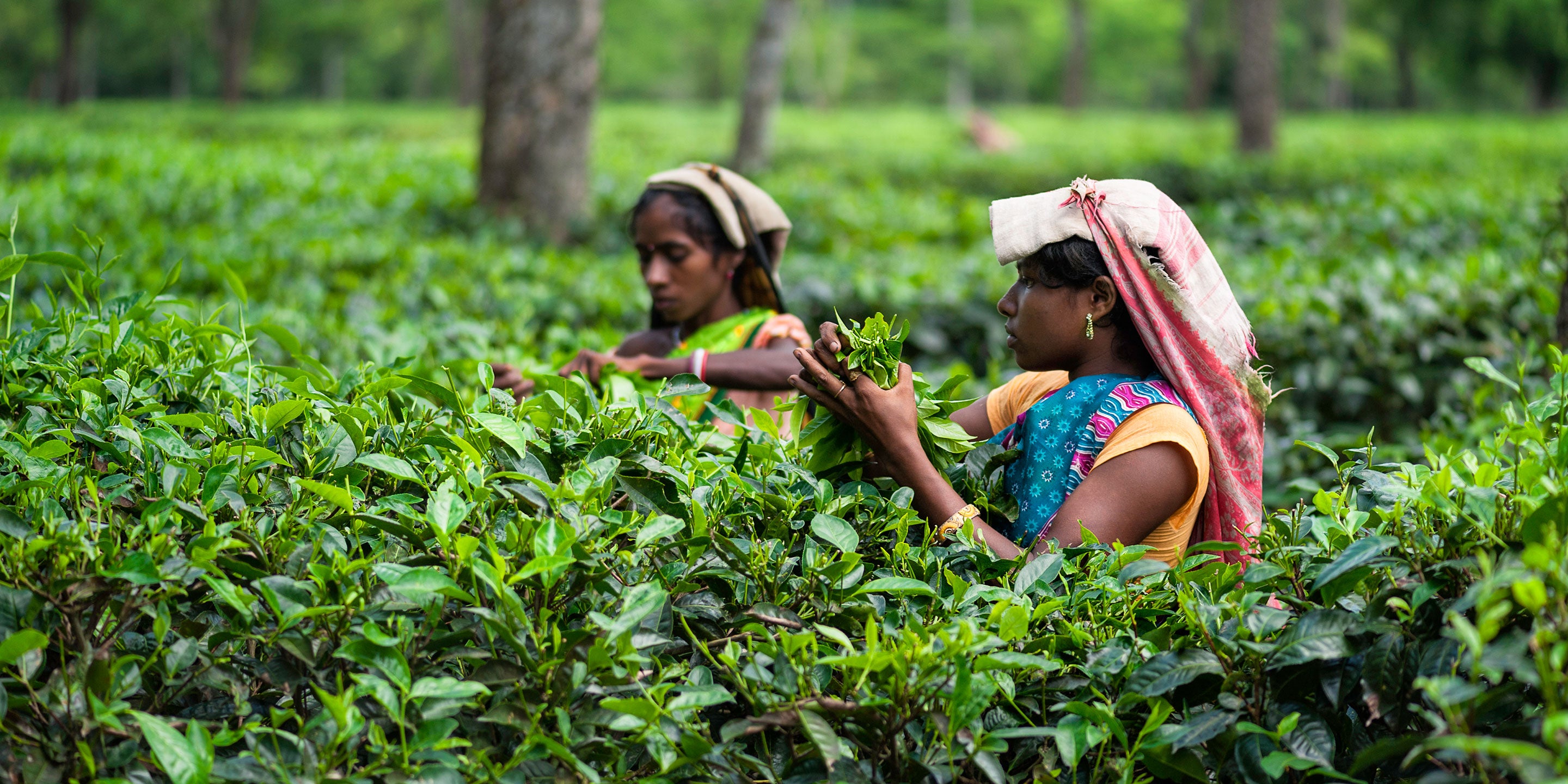The Tea Bush
It all starts with an evergreen plant called Camellia Sinensis, which has two original subspecies, one from China and one from India.
The plant will grow to a tree if it is not pruned – there are ancient trees more than 100ft high in Yunnan - it flowers with delicate creamy petals, a little like an orange plant and the mature leaves are thick and shiny.
Camellia Sinensis [the Chinese plant] likes the cooler temperatures found in higher altitudes [these were the bushes planted by the East India Company in Darjeeling foothills of the Himalayas] and they a productive life of about 100 years. The Indian ‘Assamica’ prefers the hot and humid conditions of the plains of the Brahmaputra River of Assam and has a shorter life.
Where is Tea Grown?
Most tea producing countries are found in a tropical belt around the equator, the finest teas are found at altitudes between 4000 and 6000 ft [‘high grown’], where mist and cloud protect the plants and allows a slower development and consequently, more flavour.
Whilst most tea comes from countries like China, India, Sri Lanka, Vietnam, Kenya and Japan, there are some surprising new origins - tea is now successfully grown in New Zealand and Scotland for example. It may surprise that a tea bush can be grown very successfully in your home!
Growing the Tea Bush
The global tea industry is massive, and cultivation is very much a science - new bushes are propagated from the best tea bushes, creating ‘clonals’ - cultivated variants or cultivars for short. The parent bushes may have been chosen for natural drought or pest resistance. This allows the farmers to work more efficiently and make more profit, more consistently. This scientific approach will be more and more critical to maintain existing tea producing areas as our climate changes.
The new young plants go to nursery for up to 2 years and then planted into the tea garden in small, segregated areas, where they will grow unpicked for a further 2 years until reaching roughly the height of a picker. In hotter humid conditions, taller shady trades give some protection from the burning direct sunlight.
Then regularly pruned down to a metre in height, the bushes start to grow sideways and soon the new bushes become the familiar sea of bright green leaves. In 3 to 5 years of pruning, the tea plants are ready for their journey to the cup.
When is Tea Picked?
Picking or plucking leaves off the tea bush is not just about harvesting tea that will eventually make it to your cup. It’s an essential part of the lifecycle of the tea bush.
The timing of the picking is crucial for quality - in China it is said that ‘three days early it is treasure, three days late it is grass’ – and to ensure the start of the germination of new leaves at just the right time.
In countries where weather conditions are similar all year, Kenya for example, there is growth all year and picking every fortnight, whereas in countries with marked seasons there is part of the year when the plant is dormant, and it's only in Spring when the plants ‘flush’ and the new shoots emerge that picking starts.
Different countries revere different flushes or harvests – the first flush in Darjeeling in March/April is the most flavoursome, whilst it’s the 2nd flush in Assam that is most prized.
The Art of Tea Picking
Accuracy of tea picking is just as important as the timing. The world’s finest teas are handpicked by experts who often tend to their own area of the garden, taking pride in the ongoing quality of their tea bushes as well as the quality and amount picked.
The picker’s day starts early, whilst the morning dew remains on the leaves.
The pickers move quickly across the ‘plucking table’ [the top surface of the sea of tea], and for fine plucking, pick ‘2 leaves and a bud’ - the 2 topmost leaves together with one new bud, gathered between the thumb and middle finger and deftly plucked with a downward ‘snap’ of the hand and thrown into a basket usually carried on the back.
There are some countries, Kenya for example, which make use of machinery to pluck the tea bushes but this impacts on quality.




 Ceylon / Sri Lanka
Ceylon / Sri Lanka Assam, India
Assam, India Japan
Japan Taiwan
Taiwan Nepal
Nepal China
China Kenya
Kenya Egypt
Egypt South Africa
South Africa


